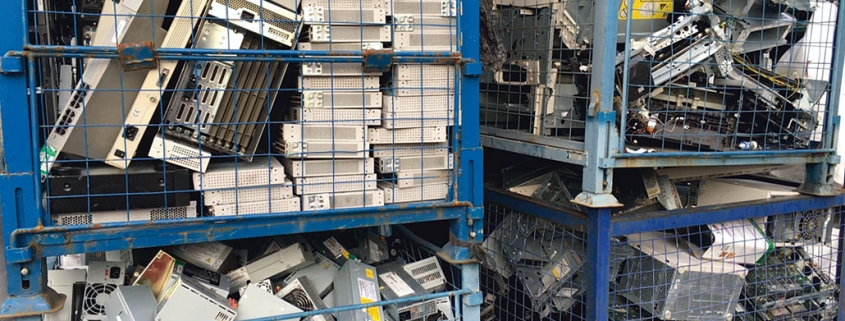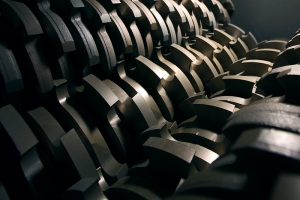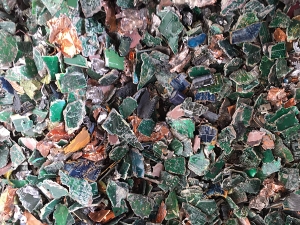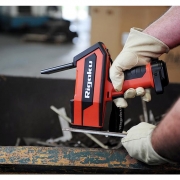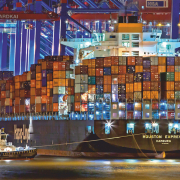Ways to Liberate the Valuable Metals
Should scrap merchants be paying greater attention to e-waste recycling?
‘A throwaway society’ is one of the primary reasons why countries worldwide now face a mounting e-scrap (or WEEE – Waste Electrical & Electronic Equipment) problem. In fact, the global magnitude of the issue is driving ongoing legislative changes with increasingly tricky targets to meet. But apart from the environmental implications of electronic ‘waste’, could savvier reuse and recycling practices represent commercial opportunities for operators too? Marcus Brew, managing director of WEEE shredding specialist Untha UK, offers his thoughts:
Smelting old scrap to produce new metal is one of the most long-known ‘circular’ concepts there is. This goes some way to explaining why metals recycling is a 5.6 billion pound sterling industry in the UK, for example. But ever-changing economic forces make this a volatile market for operators to trade in.
So, is there an answer to safeguard profitability levels?
Many recyclers and scrap merchants rely only on traditional, cumbersome shear equipment to cut metals down because the perceived high-wear nature of metal shredding is deemed too cost prohibitive. However, dependence on this basic shear methodology means alternative sorting, grading, separation, and size-reduction processes are overlooked, and metal recyclate quality typically remains low as a result.
Machinery such as high-speed hammer mills – which work by smashing material into smaller pieces with repeated impact blows – typically create vast amounts of dust. This dust is useless, costly, and it poses a fire and operator wellbeing risk. This process struggles to achieve the particle refinement required for downstream separation technologies to effectively do their job.
Mindful of the limited revenue potential associated with these approaches, recyclers elsewhere are investing in more sophisticated processing lines to liberate the valuable metals that would otherwise remain ‘locked’ in complex products such as uPVC windows, end-of-life vehicles and e-scrap (or WEEE).
The integration of an overband magnet will then help extract ferrous metals, an eddy current separator (ECS) can separate out any non-ferrous metals, and an optical sorter can finally clean anything that the ECS has not already refined. The greater the level of quality metals recovered, the higher the revenue potential. The recovery of high-worth Platinum Group Metals (PGMs) and Rare Earth Metals (REMs) could make for a particularly profitable operation.
Appropriate licensing must be sought, of course, as in many countries the collection and processing of e-scrap are highly regulated, and rightly so. This is irresponsible, not to mention the illegal handling of WEEE remains a notable problem worldwide. But the important thing to note is that entry into this market could represent a significant commercial advantage for those traditionally involved in scrap metal alone.
I read an article in 2018 which stated that: ‘Given that the fate of up to 80 percent of global e-waste is unknown, there is considerable scope for businesses to capitalize on an overlooked opportunity.’ With e-waste levels sadly rising, the size of this opportunity could arguably continue to grow.
Five ways to ensure e-waste recycling best practice
1. It is crucial to ensure the ethical and professional handling of this inherently hazardous material stream, by a specialist operator. Globally, the illegal handling and export of e-waste remains a significant problem, partly due to knowledge limitations/awareness and also because of the level of high-value precious metals that are locked away within such equipment.
2. Remember that the reuse of e-waste should take priority over recycling, for maximum environmental benefit. So, if simple repair works can be carried out to increase the future lifespan of the equipment, this route should be taken, if possible. Recycling should be the next best option, once reusability has been exhausted.
3. The manual breakdown of equipment, by trained professionals, is often the preferred methodology. This approach is admittedly labor- and time-intensive, however, the high-value nature of the materials inside means that this is usually a worthwhile exercise.
4. Organizations that consider this manual methodology uncommercially viable will typically prioritize a machine-driven approach. When investing in recycling equipment, seek out proven, hard-wearing technologies that can demonstrate their e-waste recycling performance. This can be a very tough material stream to process. So with shredders, for example, seek a slow-speed, high torque drive to increase resistance against unshreddables, a reinforced frame for operational stability and ideally double collar cutting disks for a stronger cutting force. Such factors are key to long-lasting machine performance, and therefore ROI.
5. Try to prioritize particle homogeneity of any shredded material, to aid optimum onward processing and therefore revenue potential.
Photo: Untha UK
(GR 22019, Page 36)

